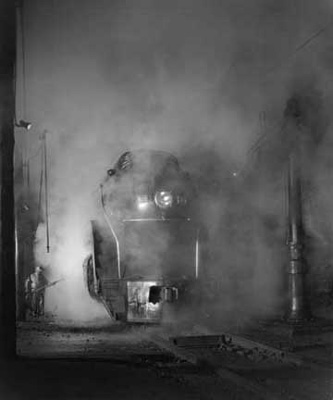by the Night Writer
Back in the day, when we were closer to the land, people could predict weather or gauge temperature without thermometers or technology by observing the behavior of animals, insects, clouds or clairvoyant joints. We don’t rely on natural observation that much anymore, but I have observed one way, in this recent cold-snap, to tell just how cold it is.
There’s an electronic alarm bell at the Fort Snelling Light Rail station that clangs at high speed whenever a train is approaching or departing. It’s a loud, hyper ding-ding-ding-ding-ding-ding-ding when temperatures are, say, above 10 degrees. When it drops below 10, however, the bell is muted and lower in pitch and makes a steady ng-ng-ng-ng-ng growl like a chihuahua passing a cheeseball.
When it’s below zero, however, its clamor is restricted to a choked and tortured ng………..ng………..ng…………ng every few seconds.
Granted, it’s not a very useful way to gauge the temperature if you’re not near the bell, but it’s a handy confirmation if you happen to be walking past it, shivering and wondering if it can really be as cold as it feels. And this gives me the opportunity to run another of O. Winston Link’s steam engine photos from the 1950s that I love so much.

Besides being an inventive and talented photographer faithfully recording the images of a passing era, Link also had a passion for recording the distinctive and fading sounds of the old steam engines as well. These recordings are a lot more pleasant and evocative than the sound of a freezing electronic bell these days, and have a way of taking you places in your mind that the trains themselves never could. You can listen to a few of these recordings here. You can also go hear the Fort Snelling LRT bell for yourself without going back in time, but you’ll want to bundle up.












“like a chihuahua passing a cheeseball…”
Um, thanks.